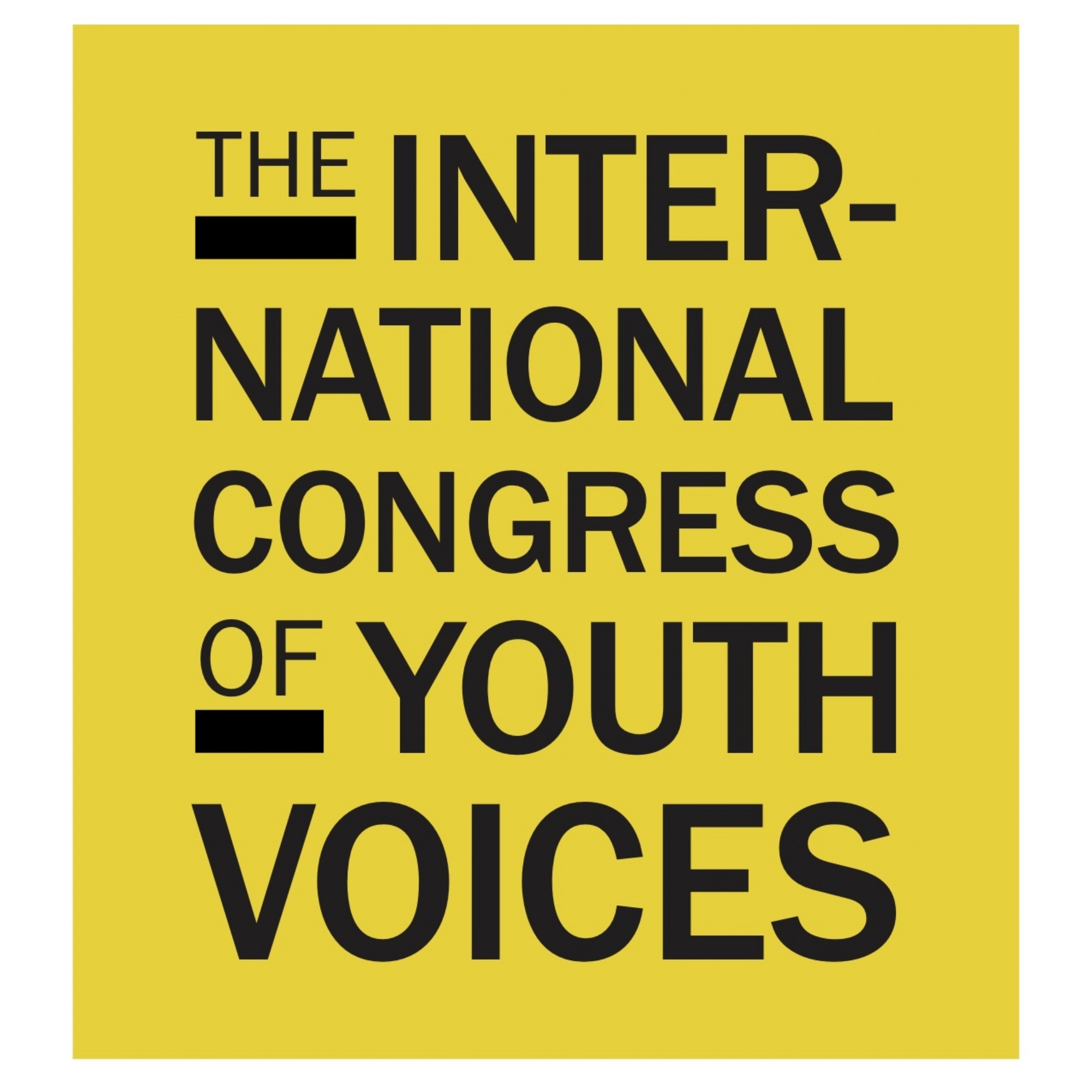SUFYAN HAMEED, 18
Sufy Hameed is a recent high school graduate from Long Island, New York, and currently lives in Brooklyn. Hameed lives every day in overdrive; he believes that every moment of life has potential, and fulfilling that potential could be as simple as smiling.
Hameed is the CEO of K4RMA Clothing Co., and maintains his position as Director of Expansion at IntegrateNYC, a nonprofit organization that focuses on reforming social injustices pertaining to racial inequity. He gravitated towards the study of business through his love for the exchange and transaction processes. Hameed’s communication, presentation, and public speaking skills all inform his ability to transform any situation into an opportunity. Hameed has served in various leadership positions in high school and in his current professional roles. He loves to lead others towards success by helping them cultivate their skills to best adapt to every moment they face together.
Hameed’s triumph over hardships that traditionally, youth never face, molded him into the wise activist he is today. Hameed hopes that society will achieve racial equity so future generations can prosper in an equitable school system. He is steadily moving towards this goal, through published articles in local media outlets, speaking on forums and events, and the creation of the IntegrateUS network which focuses on integration work of New York. Hameed holds a deep passion for creating spaces for healthy discussions on social injustices. His ability to see multiple points of view and the bigger picture creates a conversation that youth hardly have a chance to experience.
Hameed attends Kingsborough Community College and plans to transfer after earning his associates degree. He plans to major in finance and leave a lasting mark on this earth.
Structural Racism and Long Island’s Athletic Fields
by Sufyan Hameed
Long Island is one of the most segregated metropolitan areas in America and segregation in our schools is getting worse. Ironically, one place where school districts arrange for students of different schools and races to interact is on the athletic field, where I found the most vocal racism. In my four years playing lacrosse, players from predominantly white schools regularly used the “N word” to psyche out players of color on competing teams. Due to my Pakistani heritage, I was often called “terrorist” as well. The intensity of the pressure to win, typically heightened by coaches, created an environment where winning was what mattered most. The slurs were cowardly, too. They were never uttered near a coach or a referee - only in places where the adults could not hear them.
Segregation in Long Island’s schools is a flagrant example of structural racism: it’s the result of school districts seemingly designed to keep students of different races separated and it’s only getting worse. I experienced this intense segregation at Elmont Memorial High School, where the vast majority of students (about 90%) were African American and the rest were largely Latinx. I was an exception: an Asian American of Pakistani heritage. At my elementary school in Valley Stream, the student body was closer to 95% African American.
A recent study by Long Island-based ERASE Racism found that “at the same time our region is becoming more diverse, our schools are becoming more segregated. Black students continue to attend school districts that are extremely segregated, with little exposure to white students, while Latino and Asian students are increasingly attending more racially segregated school districts”.
Segregation is based not only by race but by income. The 2018 Final Report of the Long Island Index states that “high poverty schools also have much higher percentages of students of color. 92% of students in high poverty schools are black or Hispanic, compared to 31% in mid poverty schools and 7% in low poverty schools”.
In response to the segregation of my own education, I joined ERASE Racism’s Education Equity Initiative, which is specifically designed to engage students, teachers, and parents in understanding and tackling the challenge of structural racism in Long Island’s schools. I first attended ERASE Racism’s Long Island Leaders of Tomorrow Conference, where I met students of all races who shared my concern about school segregation. Empowered by like-minded students of different backgrounds all eager to make a difference, I continued to participate in the Education Equity Initiative by joining the Student Task Force.
The task force gave me a chance to share my experience with others - not only high school students. The summer of 2018, through ERASE Racism, I spoke on a panel at a national conference on school segregation at Teachers College at Columbia University. That fall, I spoke at a conference of the New York State School Boards Association.
In November and December of 2018, ERASE Racism launched public forums across Long Island called “How Do We Build a Just Long Island?” Now we as a community have an opportunity to discuss structural racism: not only in our schools but in housing, employment, and other aspects of life on Long Island. It’s time for Long Islanders to talk about structural racism: how it exists, why it exists, and where it exists. The challenge is not to place blame but to join together as a region to recognize that segregation is real and that it needs to end.
It’s time to create an environment where racial slurs are not acceptable, no matter who is listening.

